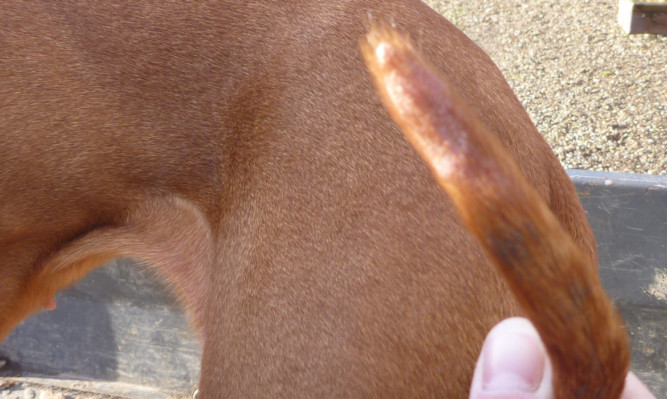Leading vets have joined the campaign to end the ban on docking working dogs’ tails.
Earlier this year, the Scottish Gamekeepers’ Association launched a renewed bid to overturn the legislation.
Three months on, the Perth-based group is urging the Scottish Government to “stop procrastinating” and introduce exemptions on the practice for working dogs.
Chairman of the association Alex Hogg said the Government must act now.
“We were told seven months ago by the Government that peer-reviewed science on this would be ready in weeks,” he said. “As this process stutters to a halt, working dogs across Scotland are suffering excruciatingly painful injuries.”
His experiences have been shared by Fiona Humphries, small animal clinical director at Perth’s Fair City Vet Group.
“When there is no choice, people are made to feel like criminals and it can be the same with vets,” she said. “It puts vets in an awkward position because, if taking a tail off is the right thing to do, other people can still be very opinionated about it.”
Their efforts have also received the backing of Neil McIntosh, known for his Call the Vet television feature and weekly newspaper column.
After witnessing a number of adult dogs in distress as they endured painful amputation, he has spoken out against the ban.
“I would rather dock 100 working puppies’ tails at three days old than one adult working dog,” said Mr McIntosh.
Mr McIntosh described the procedure as “a quick snip” for young dogs but said that as they get older, the surgery becomes more complicated.
He added: “It requires anaesthesia, incision, ligation of bleeding vessels and suturing.
“You have to bandage the tail repeatedly for a week then remove the suture, in the knowledge that breakdown of the wound is possible again. It is very distressing.”
